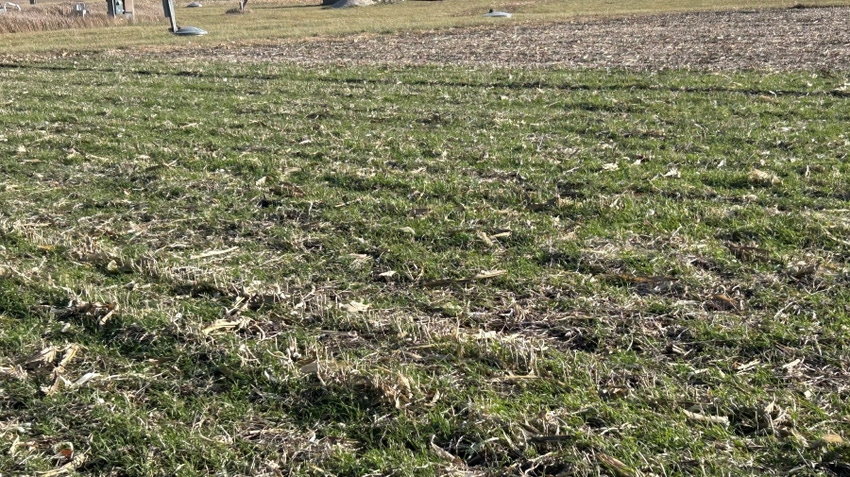December 7, 2023

by Matt Helmers
For the past four years, we have had lower-than-normal or average precipitation conditions in nearly all parts of Iowa. This has environmental and agronomic implications. Since it has been dry for multiple growing seasons, we have lost less nitrogen through leaching than under normal precipitation conditions.
In fact, since 2020 at our drainage water quality research site near Gilmore City, Iowa, we have cumulatively lost about 5 pounds per acre of nitrate-N through leaching. That’s about 1.25 pounds per acre per year.
Whereas over the last 30-plus years at the site, the average annual nitrate-N loss was about 30 pounds per acre. A point of consideration is when we do see precipitation that leads to leaching, we are likely to see a substantial loss of nitrate-N. We certainly observed this in the past, such as in 2013 following the drought of 2012.
Applied to today
Similar to 10 years ago, we have several considerations following a drought, relative to the environment. While too late for 2023, planting cover crops is one of the practices that has the potential to reduce the risk of nitrate-N leaching losses. This can be especially effective for reducing spring N leaching losses. One caveat is that to get reductions in N loss, we need growth of the cover crop. So, a dry fall can make that challenging if there is insufficient soil moisture to germinate the cover crop.
With the multiple years of dry conditions in many areas, it is a good time to assess soil nitrogen levels. Drought can lead to uneven distribution of nitrogen in the soil profile. Soil testing provides valuable insights into nitrogen availability and guides farmers to make informed decisions regarding nitrogen application. Working with your local agronomist on nitrogen management decisions for crop year 2024 is important, and factoring in residual nitrogen levels may be critical.
Another nitrogen management practice to consider is using split application where you could base in-season application on the weather conditions to that point. Considering nitrogen rate and split application may help us reduce the risk of nitrogen loss through leaching.
Looking ahead
Again, while too late for this fall, it would be beneficial to look ahead to plan for fall 2024 use of cover crops, as they can be one of our most effective tools for minimizing the risk of N loss via leaching following a drought — provided we can get cover crop growth.
The challenge of reducing the risk of N loss via leaching with in-field management also highlights why a systems approach is needed. In many areas, the system may use edge-of-field practices that intercept the nitrate-N before reaching the stream. These practices include saturated buffers, wood-chip bioreactors, wetlands, and multipurpose oxbows.
Find helpful tips for implementing cover crops and determining which edge-of-field practice can work best on your land through the free Whole Farm Conservation Best Practices Manual.
Helmers is an Extension agricultural engineer and director of the Iowa Nutrient Research Center.
You May Also Like




